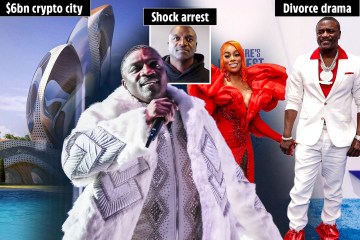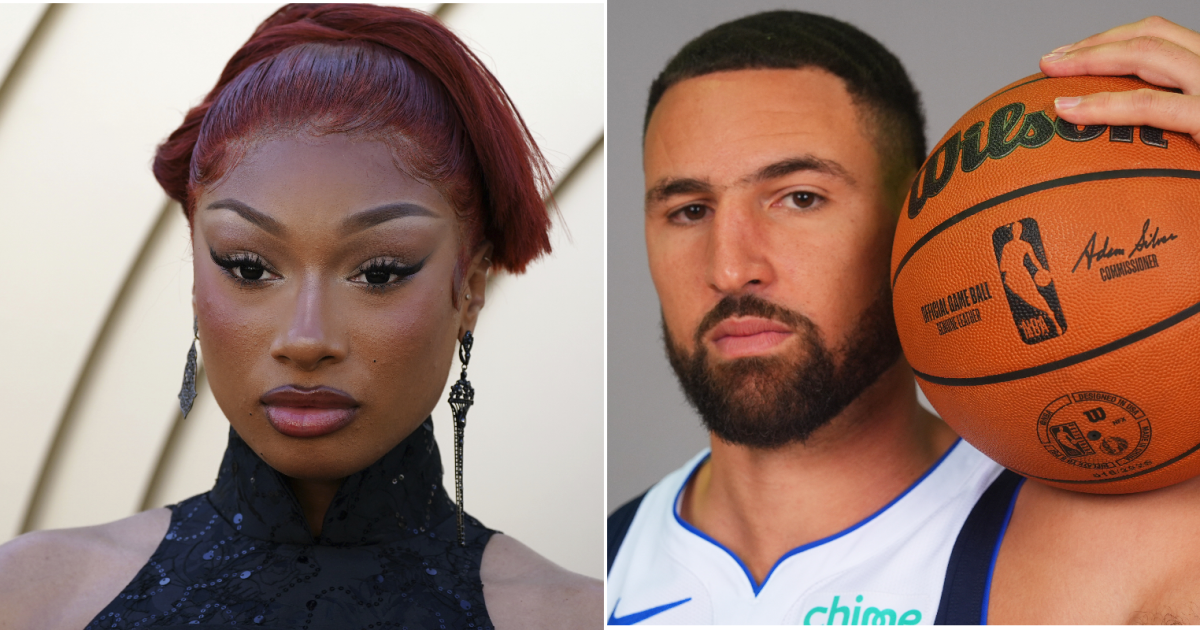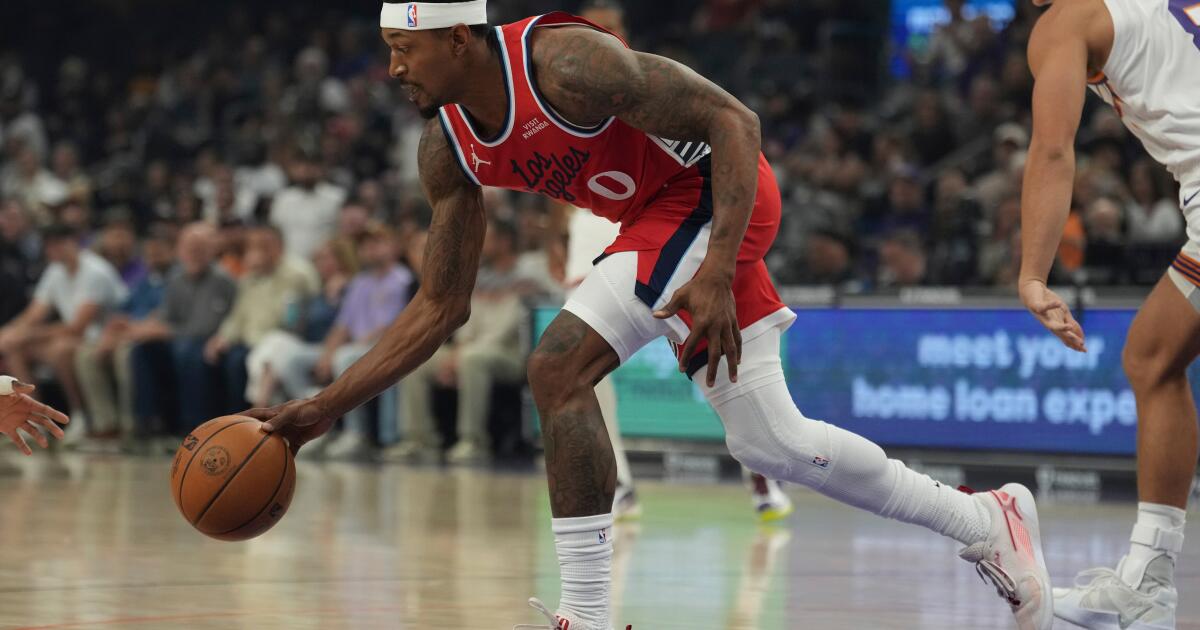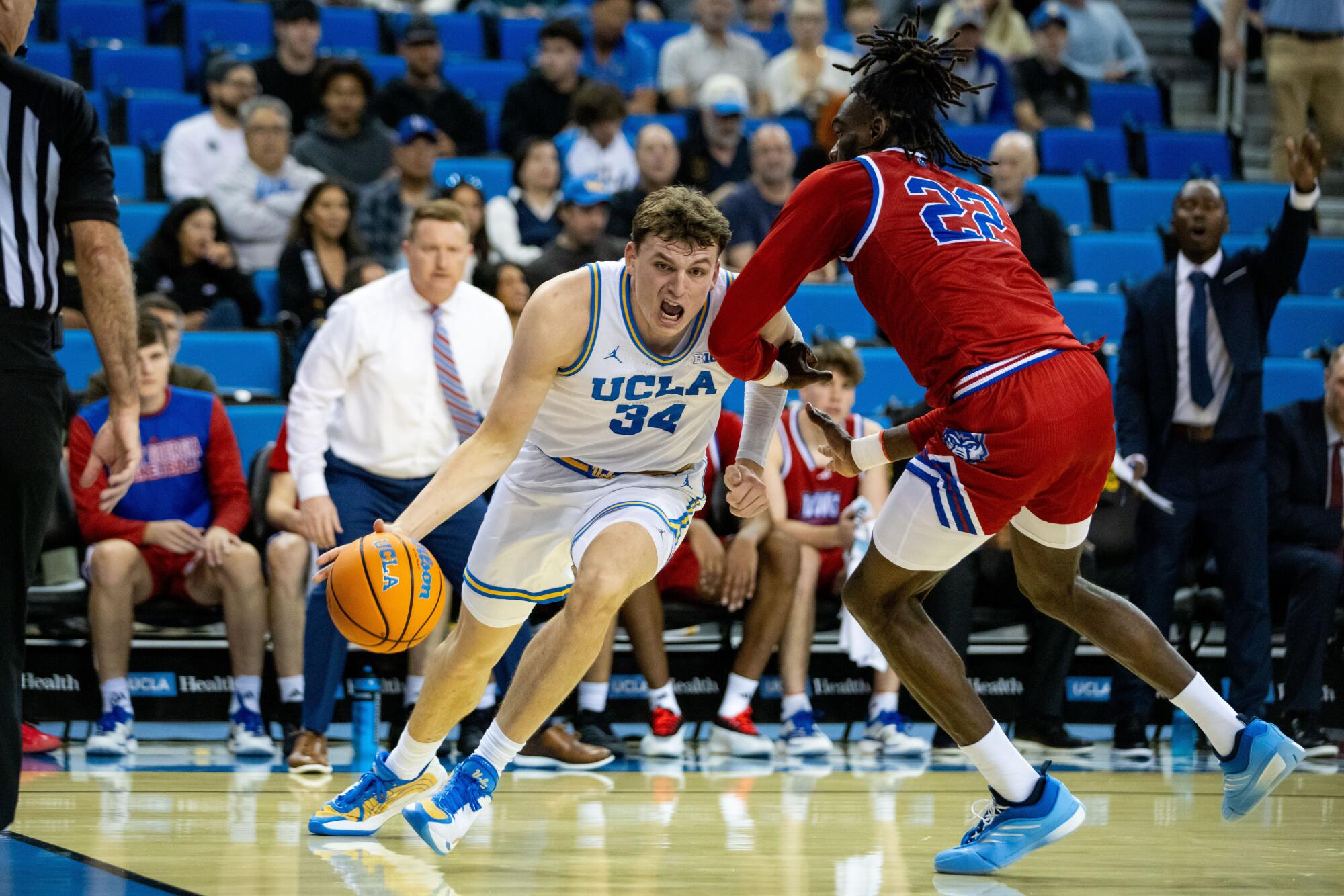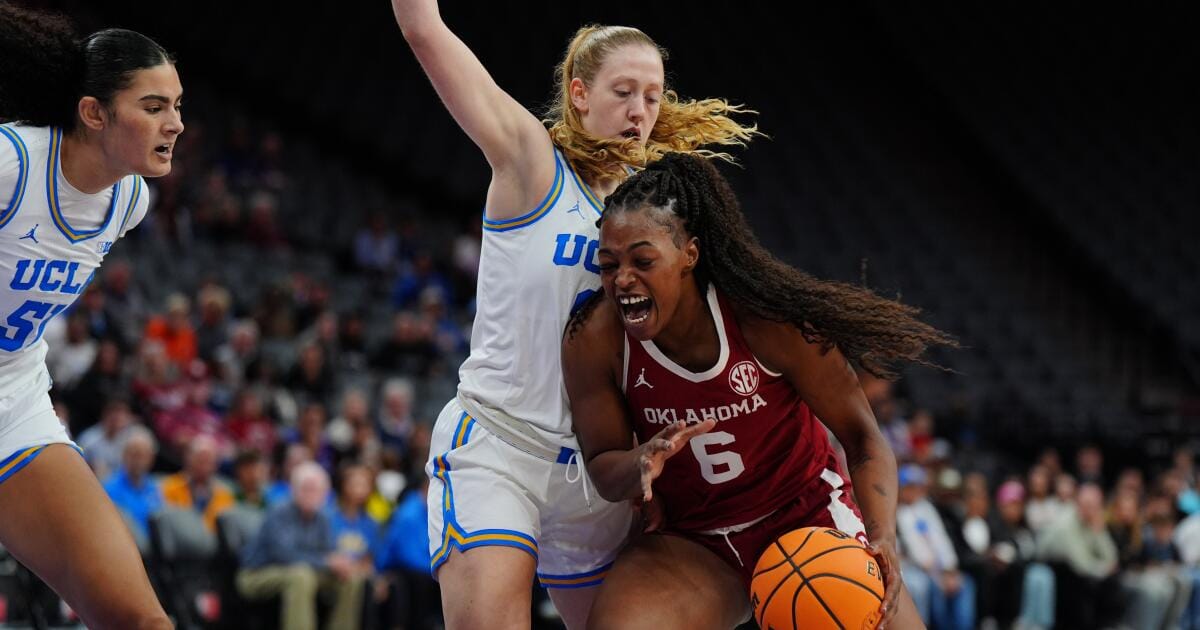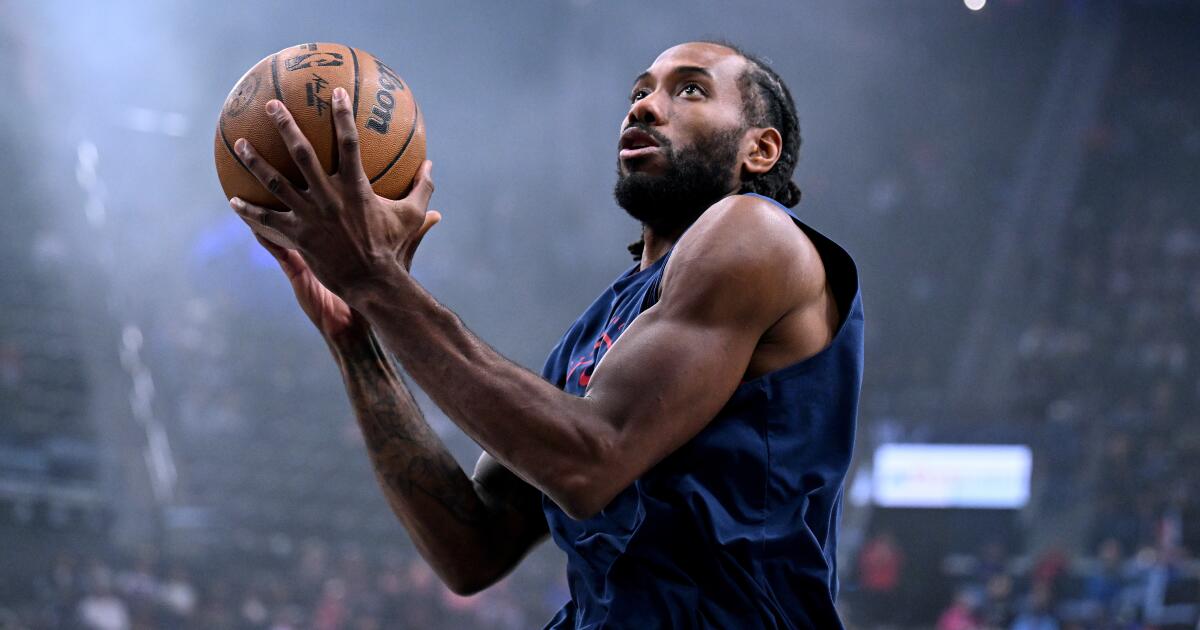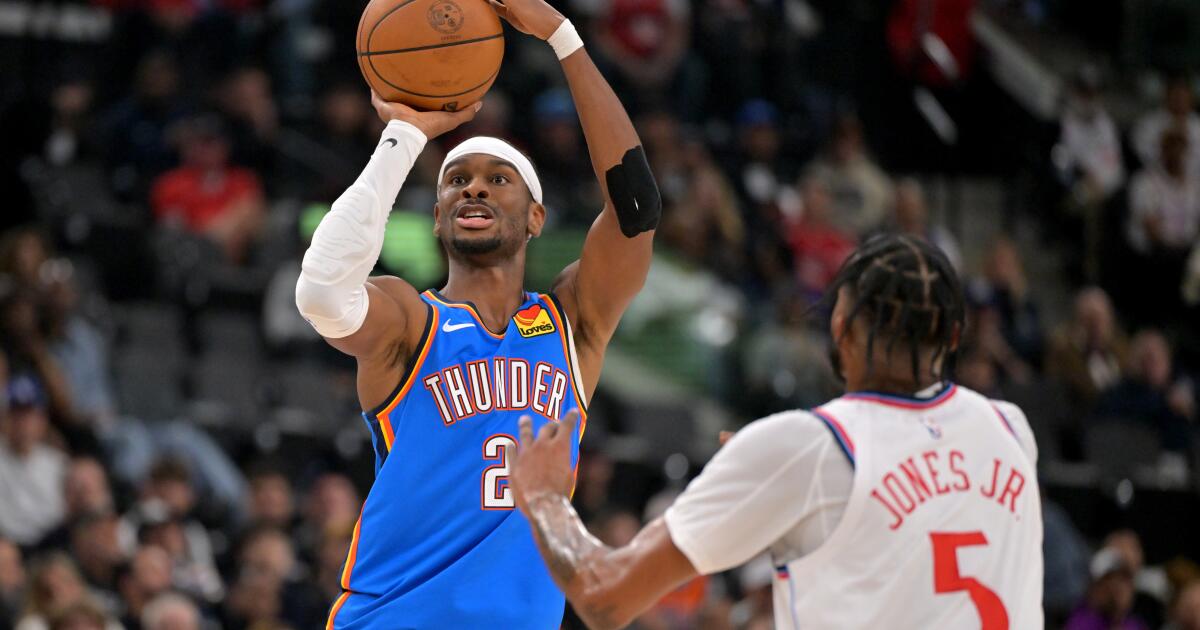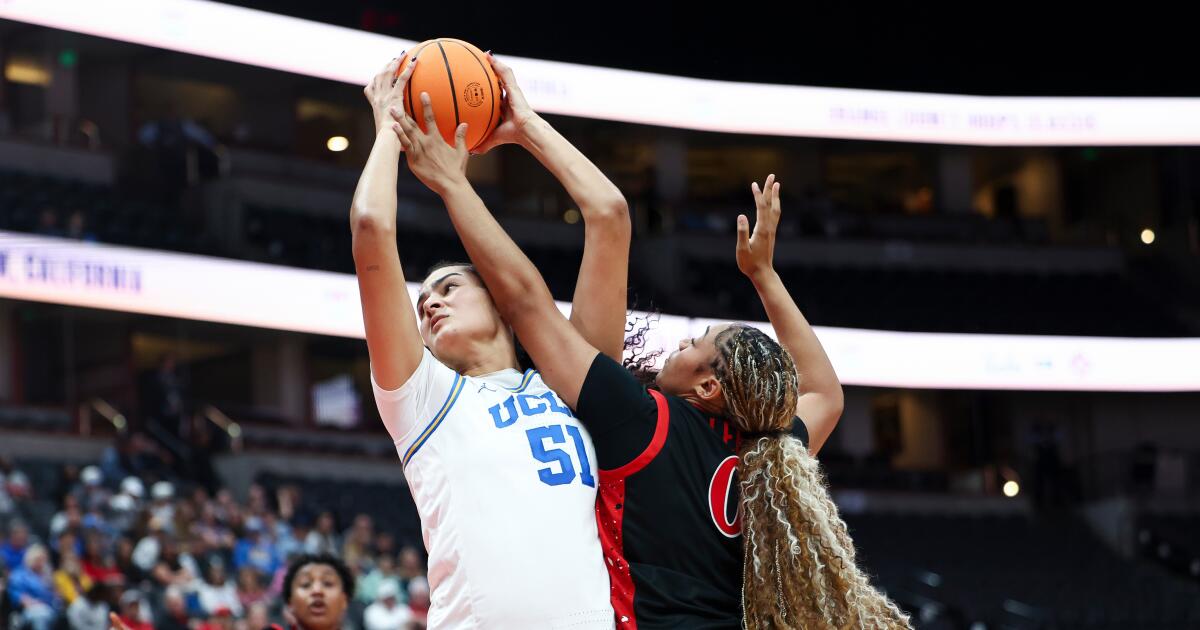‘My unique selling point is I can jump on radio or TV and release music,’ says Olly Murs ahead of new album Knees Up
HE’S a happily married dad of two but Olly Murs is still a lad at heart and he wanted his new album to reflect that fun part of his personality.
And by laddish, the upbeat singer means a good old-fashioned knees up — the title of his eighth record.
“There’s always a moment to be a lad, right?” he laughs. “And that’s what this album is about — I’m going back to my roots.
“This was probably the kind of album that I wanted to launch my career with, but I didn’t.
“For a long time, I was making records for other people, my fans and what I thought they wanted to hear.
“This time I wanted to make an album for me.”
I meet the singer at his record label where he’s about to head into an afternoon of rehearsals.
And, surprisingly, unlike most dads with newborn babies, he’s managed a full night’s sleep.
“Albert — Alby — is a dream,” he says of his son, born in September. “I’ve had a really good time with him, it’s been lovely.
“I’ve been getting loads of time with him.”
“Cuddles, seeing him grow, that little smile.
“He’s such a good baby and he sleeps, which is important because I need sleep.
“If sleeping was an Olympic sport, I’d be there.
“Maybe he takes after me.
“We’ve been blessed so far after ten weeks.
“He’s giggling, he doesn’t really cry.
“He had his vaccines this week which were horrible.
“I had to cancel work yesterday because [his wife] Amelia did it with [daughter] Madi and I never did, so I wanted to be there.
“Bless him, he wasn’t in a good place, he was proper aggy.
“So, I cancelled a bit of work, which is unlike me, but family comes first.”
For years, Murs put his career first and everything — and everyone — else came a distant second.
“Now life is very different,” he tells me.
“Now Amelia and the kids are everything and my career is still there, but I have a different way of looking at life — and I love it.”
He has no expectations for the new album, which makes the prospect of putting it out even more exciting.
He says: “I’m out here doing my thing, and if people like it, great. If you don’t, it is what it is.
“I’m just happy doing my thing.
“I’ve got to a point where I want to try different things and musically this isn’t too far away from what I’ve done before – it feels authentic to me, and I’m enjoying it.
“I’ve got to tell myself that more, because there is the other side of me that’s the ego.
“I want a number one, I want that trophy.
“I want that plaque on the wall. And I’ve got to keep that desire, otherwise, what’s the point?
“I want things to matter. Of course, I do.
“My thing is that I don’t sit in one place.
“My unique selling point is that I can jump on radio or TV and present a show, and at the same time, I can release music and have success and also tour the country.
Caroline was a good friend and she took her own life. The documentary has come out this week so it’s been difficult. It has brought things back.
Olly on Caroline Flack
“There is a uniqueness with me that I am proud of.”
Knees Up draws heavily on the ska and pop influences of Madness and The Specials, the bands Murs adored as a kid.
He says: “When I first started, I was asked to list all the songs I liked if I was to make the best album ever.
“It was The Specials, Madness, a bit of Stevie Wonder, The Kooks who were my favourite band at the time, Robbie Williams and Paolo Nutini.
“Save Me, the first song on the album is very Madness and that spearheaded which direction the music went in.
“I feel like it’s Madness meets The Streets, with a bit of Rizzle Kicks.
“This could be an album Heart Skips A Beat fits on.”
There’s plenty of fun moments on the album.
Still Getting Used To The Ring is a mischievous song about settling into marriage.
“That song is definitely the cheeky side of me,” laughs Murs.
“It came from a lyric I wrote on my phone.
“Sometimes when I’m writing songs, I will say to co-writers Ed Drewett and James New, ‘If I sing that the Mrs won’t be happy’, but then we’ll write it in a sense that I’m still getting used to being a husband, I’m still getting used to being dad.
“So, I forget to do the little things and I might not be perfect, but I’m still getting used to the ring.”
When it comes to choosing a favourite from Knees Up, Murs says Honest is the one he keeps coming back to.
“Honest for me is every bloke’s nightmare,” he explains.
“It’s about when they walk in from a day at work and they just know that there’s a cloud upon the house.
“There’s been times when I’ve got home and I just know that Amelia is annoyed about something I’ve done — but I don’t know what that is.
“The song is about not knowing what you have done wrong.
“That song was fun to write.”
Cut To The Chase, which Murs jokingly calls “my sexy song”, sees him tapping into a flirtier, more confident vibe.
He says: “It is about how sometimes in life we are busy and with kids we don’t get any intimacy or moments together.
“It’s about the cut to the chase which really resonated with me as we are always crossing paths.
“It is also a fun song to sing and when I played it to Amelia she loved it.
“She also thinks my fans will love that one, because it’s ‘big bandy’.
“It’s got the brass and is very old school London with ukulele and banjo in it.
“Like music from an old gentlemen’s club, or a cool bar with fancy tables.
“It’s got a very classic feel to it.
“Classic AND classy — you’d never know it was about sex.”
I’ve done a lot of tours in the last three years and I’ve got married. I’m now on Heart radio station every Saturday with Wrighty [Mark Wright], I’ve written an album and I just think I need a bit of time for me.
Olly on why he might not be doing many gigs for a while
Chin Up, the song that closes the album, carries a more serious tone.
Murs says: “That’s about mental health and to do with what I went through with some friends in the last year.
“It’s been a tough year for a lot of my friends who have reached out to me to chat and that song came from that.
‘Her feelgood vibe’
“That song is about encouraging men to speak out and talk. And when we were writing it, we felt it was important to keep your chin up and everything is going to be fine.
“I went to a charity dads’ club recently for a TV show — it was a Sunday club at a school where all the dads can turn up with their kids once a month and they play games and have a couple of hours together.
“It’s important, because a lot of dads go to work in the week as of course woman do too, but it’s important for dads to come along and meet other dads and feel like they’ve got a group.
“One guy was telling me about the positives but also that they’d lost one guy to suicide.
“A dad had taken his own life. And it really hit me.
“So I’m glad I’ve written that song and hopefully it can help someone.”
The subject is clearly a personal one for Murs, and it leads him to think about a loss closer to home, that of TV presenter Caroline Flack, who died in 2020.
The documentary Search For The Truth by her mum Christine premiered on Disney+ this week.
“Caroline was a good friend and she took her own life. The documentary has come out this week so it’s been difficult,” he says, the emotion clear.
“It has brought things back.
“I try and always remember the positive things with Caz.
“I don’t try and think too much about the negative stuff, because if I do, I go down a rabbit hole of emotions, and unfortunately, it’s not going to bring her back.
“I just remember her laugh, her jokes and her feelgood vibe.
“I wish she was still here, of course, and it hurts to watch her old shows.”
A different loss felt by Murs is that of his estranged twin brother Ben, who cut himself off from Murs and his parents when the singer missed Ben’s wedding in 2009 to perform in the live semi-finals of The X Factor.
‘Always on the go’
Murs says: “I’m proud of Ben.
“I don’t see him, but I’m proud of him.
“There isn’t any bitterness or anger there.
“I’m just really proud of where my career is, and from what I hear, Ben’s doing great too, and that’s all I care about.
“We’re older men now, we’re in our 40s, so I’m sure at some point we’ll figure it out.”
Next month Murs plays a London show to celebrate the new album and he is excited about what might be his only gig in a while.
He says: “The truth is I don’t even know what I’m doing next year.
“I don’t even know if I’m ever going to tour this album properly.
“I’m doing this show at Kentish Town Forum and it might even be the only one I do for this album.
“I’ve done a lot of tours in the last three years and I’ve got married.
“I’m now on Heart radio station every Saturday with Wrighty [Mark Wright], I’ve written an album and I just think I need a bit of time for me.”
“But then I’m always on the go and I like that.
“I don’t know what I’m doing next — I’ve got plans and ideas but I’m just going to see what happens.
“I’m going to roll with it.”
- Knees Up is out on November 21. Olly Murs headlines Kentish Town Forum on December 8.
